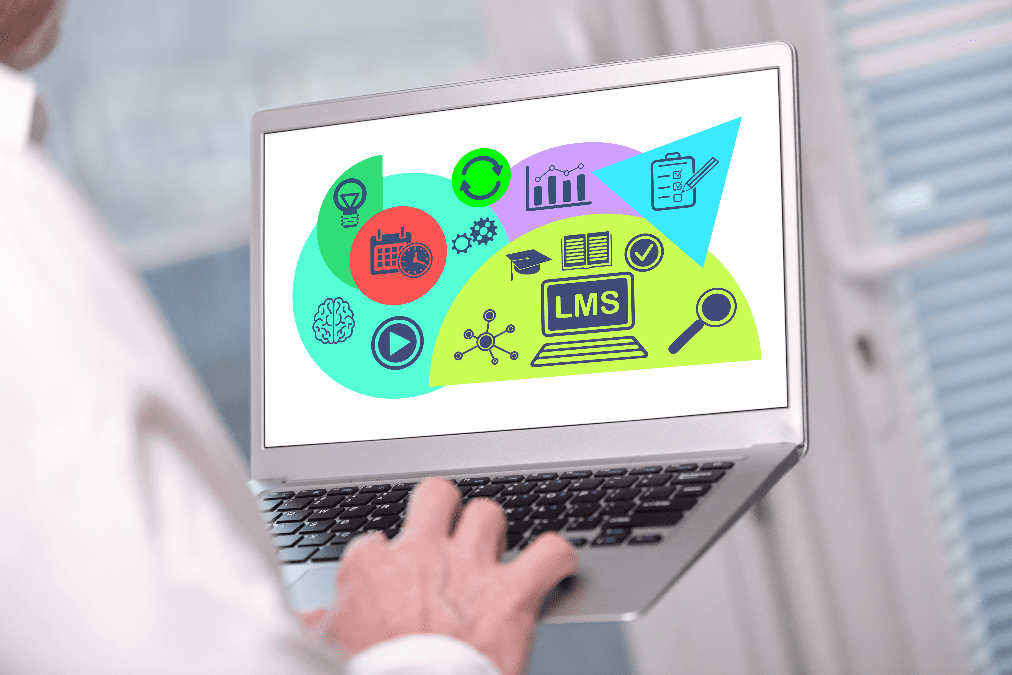In the rapidly evolving landscape of workforce training and development, Learning Management Systems (LMS) have emerged as pivotal tools. These systems are not just about delivering educational content; they are instrumental in shaping the future of organizations by enhancing skills, knowledge, and employee engagement. However, the effectiveness of an LMS is significantly influenced by the strategic planning of its budget. Effective budgeting ensures a balance between cost and value, making it crucial for organizations to understand and apply key budgeting strategies.
Decoding Total Cost of Ownership in LMS Implementation
Understanding the Layers of LMS Expenses
The Total Cost of Ownership (TCO) in the context of LMS encompasses more than just the initial purchase price. It includes a range of financial considerations from software acquisition, implementation costs, maintenance expenses, to often overlooked hidden costs.
- Software Acquisition: This involves the upfront cost of the LMS software, which may vary based on its features and customization options.
- Implementation Costs: These are expenses related to setting up the LMS, which can include integration with existing systems, data migration, and initial training.
- Maintenance and Upgrades: Regular updates and maintenance are vital to keep the LMS functional and secure.
- Hidden Costs: These can include costs associated with system downtime, additional training, and support needed post-implementation.
Strategic LMS Selection Aligned with Business Objectives
Selecting an LMS that aligns with your business goals is crucial. To ensure that the LMS contributes effectively to workforce development:
- Identify key business and training objectives.
- Evaluate LMS features against these objectives to ensure they support and enhance your training needs.
- Consider the user experience and accessibility of the LMS to maximize engagement and learning outcomes.
Prioritizing LMS Features: Essential vs Optional
Understanding the distinction between ‘must-have’ and ‘nice-to-have’ features in an LMS can significantly influence its ROI.
- Must-Have Features: These are non-negotiables that directly impact the effectiveness of training programs, like compliance tracking, reporting capabilities, and ease of content creation.
- Nice-to-Haves: These features, while beneficial, are not critical and include advanced customization and gamification elements.
The Significance of Scalability in LMS
The scalability of a Learning Management System (LMS) is crucial for accommodating the evolving needs of a growing organization. Key aspects include:
- Adaptability to User Growth: A scalable LMS can efficiently manage an increasing number of users without performance degradation, ensuring consistent training quality.
- Flexibility for Expanding Content: As your organization’s training requirements grow, a scalable LMS allows for the addition of new courses and learning materials seamlessly.
- Cost-Effectiveness Over Time: Investing in a scalable solution initially can be more economical in the long run, avoiding the need for costly upgrades or system changes as the organization grows.
- Support for Evolving Training Strategies: A scalable LMS can adapt to new training methodologies and technologies, ensuring your training program remains current and effective.
Exploring Flexible and Cost-Effective LMS Solutions
Investigating various pricing models for Learning Management Systems (LMS) can lead to significant cost savings while accommodating diverse organizational needs. Flexible solutions include:
- Subscription-Based Models: These models provide a pay-as-you-go approach, ideal for organizations seeking lower upfront costs and the ability to scale up or down based on changing needs.
- Pay-Per-User Schemes: Tailored for businesses with a stable user base, this model ensures you only pay for the actual number of users, optimizing resource allocation.
- Customizable Plans: Some LMS providers offer plans that can be customized to specific requirements, ensuring you pay only for features you need, avoiding unnecessary expenses.
- Free or Open-Source Options: These alternatives, while potentially requiring more in-house management, can drastically reduce costs for organizations willing to invest in their own LMS setup and maintenance.
Negotiating with vendors for flexible pricing can lead to significant savings and tailored solutions that fit your budget and requirements.
The Importance of Budgeting for Training and Support
Allocating funds for training and support is essential in maximizing the efficacy of a Learning Management System (LMS). Key reasons include:
- Enhanced User Proficiency: Proper training equips users with the necessary skills to fully utilize the LMS, leading to more effective learning outcomes.
- Increased Adoption Rates: Investment in training increases user comfort and familiarity with the system, boosting adoption rates across the organization.
- Reduced Technical Issues: Adequate support minimizes downtime due to technical difficulties, ensuring a smooth learning experience.
- Ongoing Skill Development: Continuous training ensures users stay updated with new features and best practices, maintaining the relevance and effectiveness of the LMS.
- Maximized ROI: Effective training and support optimize the LMS’s utility, leading to a higher return on investment by improving overall training quality and efficiency.
Continuous LMS Performance Review and ROI Analysis
Regular performance reviews and ROI analysis of your LMS are critical for sustained organizational success. This continuous assessment process allows you to track the effectiveness of your LMS in meeting workforce development goals and justifies the investment. By analyzing key metrics such as learner engagement, course completion rates, and the impact on employee performance, you gain insights into the LMS’s effectiveness. Adjustments and refinements can then be made to the training content, user experience, or even the LMS itself. This ongoing evaluation ensures that your LMS remains a dynamic tool that evolves with your organization’s needs, maximizing the return on investment and driving continual improvement in workforce development.
Regularly reviewing LMS performance and conducting ROI analysis helps in:
- Identifying areas for improvement.
- Making informed decisions about budget adjustments and strategy refinements.
In conclusion, the implementation of an LMS in workforce development is a strategic investment that requires careful planning and budgeting. By understanding the TCO, aligning the LMS with business goals, prioritizing essential features, considering scalability, exploring cost-effective alternatives, investing in user training, and regularly reviewing performance, organizations can optimize their LMS investment, ensuring it effectively contributes to their workforce development objectives.












